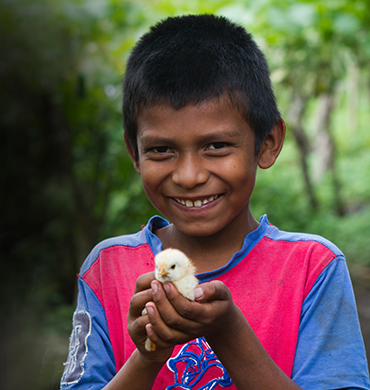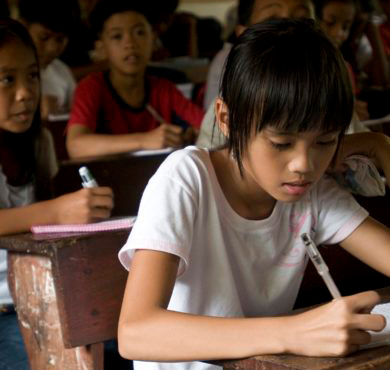Access to Food and Health Requires Clean Water and a Healthy Planet, Part 1
It is World Water Day, and the theme this year is “Water and Food Security” – a chance to think about the relationship between water, food production and food supply.
Our daily water usage for cooking, drinking and hygiene is one aspect of this relationship. Another, much larger aspect is the tremendous amount of water required for producing the food we consume, through agriculture, livestock and fisheries. About 70 percent of the world’s “blue water” (held in wetlands, lakes, reservoirs, etc.) is used for irrigating our lands. This is why water and food security are so closely linked. Access to water means access to more food and better nutrition. In so many ways, our health is dependent on access to water.
At the same time, water is becoming scarcer. Our water usage, vital as it is, disrupts the natural water cycle. In addition, the growing world population requires more food and water, and it is predicted that climate change will further reduce the availability of water in many areas.
As a global community, we urgently need to begin reducing our “water footprint” as much as possible, and El Porvenir, an Episcopal Relief & Development partner in Nicaragua, is helping lead the way. El Porvenir’s integrated approach includes building clean water infrastructure, promoting hygiene and protecting a depleting watershed through protection of precious forests.
Nicaragua is the second poorest nation in the Western Hemisphere. Twenty-five percent of the population struggles to survive on less than $2 per day. Of the rural population, 37 percent do not have access to safe and potable water, and 66 percent lack functioning sanitation systems. Throughout the country, contaminated water sources and unsafe hygiene practices cause the deaths of many women and children by preventable diseases like diarrhea and parasites. In addition, deforestation has led to a significant drop in the country’s watershed.
El Porvenir’s Clean Water Project has worked in 164 rural communities in Nicaragua’s Camoapa and San Lorenzo Districts – having reached about 32,000 people, mostly subsistence farmers and cattle farmers. The project builds latrines, water systems, hand washing stations, wells, and washing and bathing stations at schools and in communities. In 2011, they also tested 97 water sources for water quality, reached more than 10,000 people through home visits and community workshops on health and hygiene education, organized 221 cleanup days to promote neighborhood sanitation, and conducted a weekly radio program to deliver sanitation messages.
These efforts have had an incredible impact on people’s well-being. In Part 2, I’ll share one resident’s story, and look at another program component that works to preserve the natural water supply.
———-
Saranga Jain is a Program Officer with Episcopal Relief & Development.


